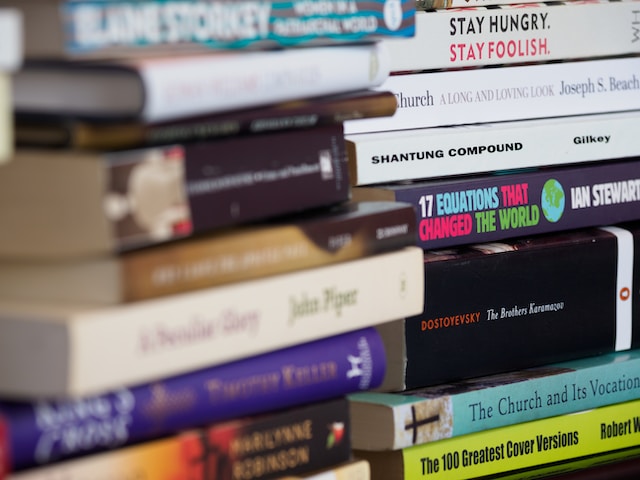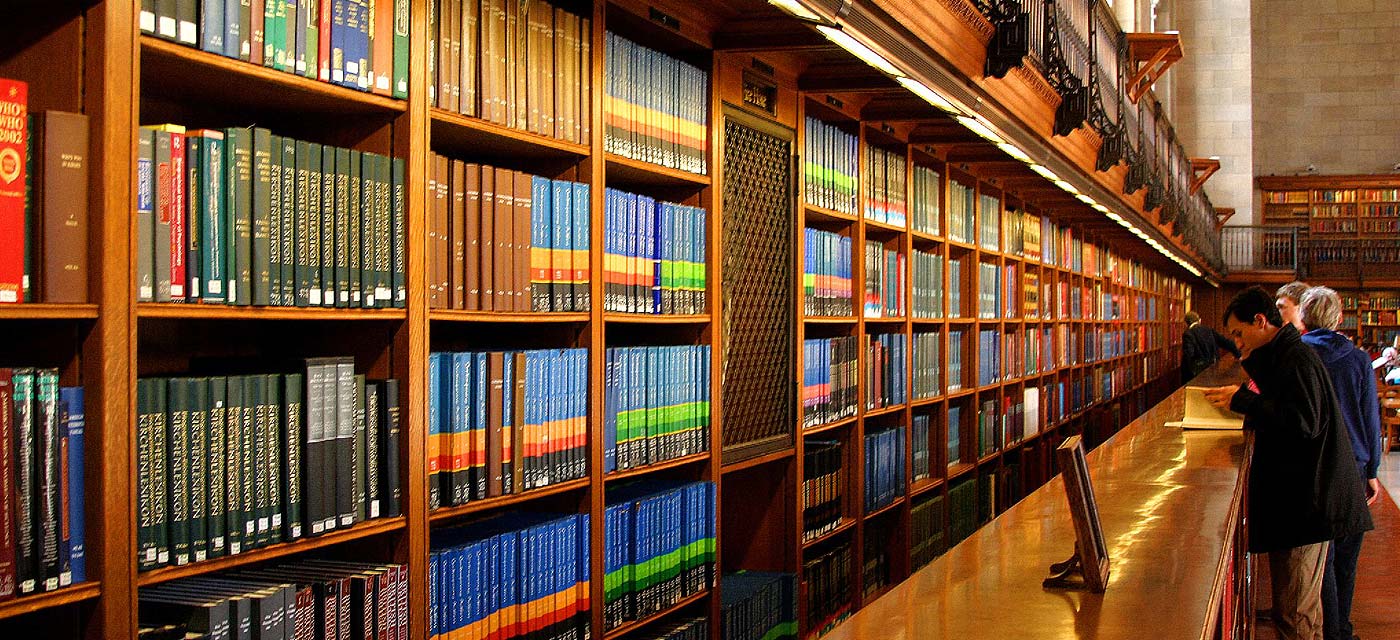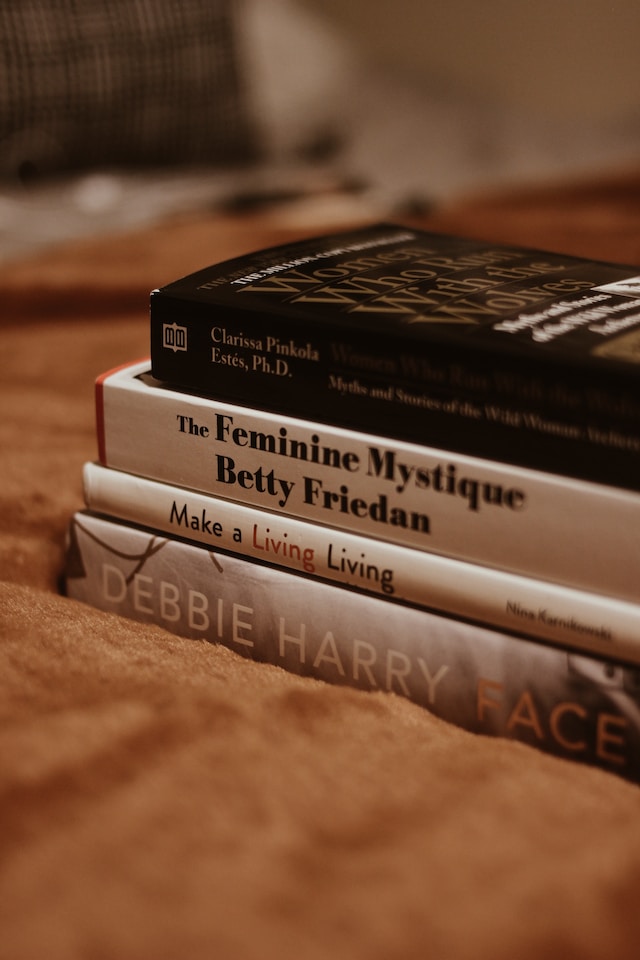Introduction:
Cities have long captivated the imagination of writers, serving as vibrant backdrops for countless literary works. In modern literature, the urban setting has taken on a new level of significance, reflecting the complexities and challenges of contemporary society. This article explores the role of cities as settings in modern literature, examining how they shape narratives, reflect social issues, and provide a rich tapestry for storytelling.
1. The Metropolis as a Character:
In modern literature, cities often become characters in their own right. They possess distinct personalities, histories, and moods that influence the plot and characters’ lives. For example, in Fyodor Dostoevsky’s “Crime and Punishment,” the city of St. Petersburg serves as a symbol of moral decay and psychological turmoil. The city’s dark and oppressive atmosphere mirrors the protagonist’s inner struggles, creating a powerful narrative connection.
2. The Melting Pot of Cultures:
Cities are melting pots of diverse cultures, and this multiculturalism is often reflected in modern literature. Authors use cities to explore themes of identity, immigration, and the clash of cultures. In Junot Díaz’s “The Brief Wondrous Life of Oscar Wao,” the city of New York becomes a vibrant backdrop for the protagonist’s journey of self-discovery as a Dominican-American. The city’s multicultural fabric shapes the characters’ experiences and challenges their sense of belonging.
3. Social Commentary and Critique:
Cities provide fertile ground for social commentary and critique in modern literature. Authors use urban settings to explore issues such as inequality, poverty, gentrification, and the impact of rapid urbanization. In Aravind Adiga’s “The White Tiger,” the city of Delhi becomes a microcosm of India’s social and economic disparities. Through the protagonist’s journey from a rural village to the bustling city, the novel exposes the dark underbelly of urban development and the harsh realities faced by the marginalized.
4. The Labyrinthine Nature of Cities:
Cities are often portrayed as labyrinthine landscapes, reflecting the complexities and disorientation of modern life. Authors use the maze-like nature of cities to create suspense, mystery, and a sense of unease. In Haruki Murakami’s “Kafka on the Shore,” the city of Tokyo becomes a surreal and enigmatic backdrop for the protagonist’s quest for identity. The city’s labyrinthine streets mirror the protagonist’s internal journey, blurring the boundaries between reality and fantasy.
5. The Pulse of Modernity:
Cities pulsate with the energy of modernity, and this vitality is often captured in modern literature. Authors use the fast-paced, ever-changing nature of cities to explore themes of progress, technology, and the impact of urban life on individuals. In Don DeLillo’s “White Noise,” the city of New York embodies the noise and chaos of modern consumer culture. The constant hum of the city serves as a metaphor for the characters’ anxieties and the overwhelming influence of media and technology.
Conclusion:
Cities have become integral to modern literature, serving as dynamic settings that shape narratives, reflect social issues, and provide a canvas for storytelling. From the metropolis as a character to the exploration of multiculturalism, social critique, and the labyrinthine nature of urban landscapes, cities offer a rich tapestry for authors to weave their tales. As our world becomes increasingly urbanized, the significance of cities in literature will continue to evolve, reflecting the ever-changing complexities of our modern existence.











